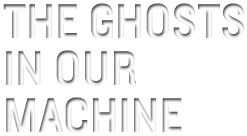ANIMALS USED FOR FOOD
Annually, more than 70 billion land animals are raised and slaughtered, and an estimated 2.8 trillion fish. Organizations like the United Nations are urging populations to eat less meat, and while animal protein consumption worldwide is expected to double by 2050, plant-based vegan alternatives are on the rise.
INFO AND LINKS ABOUT THE INDUSTRY
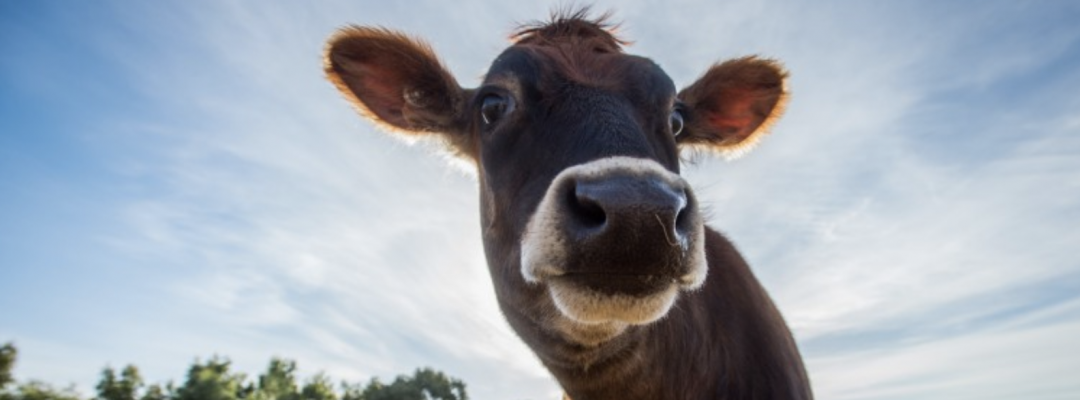
BEEF CATTLE
Nearly 300 million beef cattle are slaughtered for food annually worldwide. Over half the world’s beef cattle live and are slaughtered in three countries: India, Brazil and China. Being herd animals, cows are highly social and form strong familial and social bonds. These bonds are broken as they are sold to market, sent to feed lots, and slaughtered, en mass, under extreme and cruel conditions. Under natural circumstances, healthy cows live to be 25 or more years old.
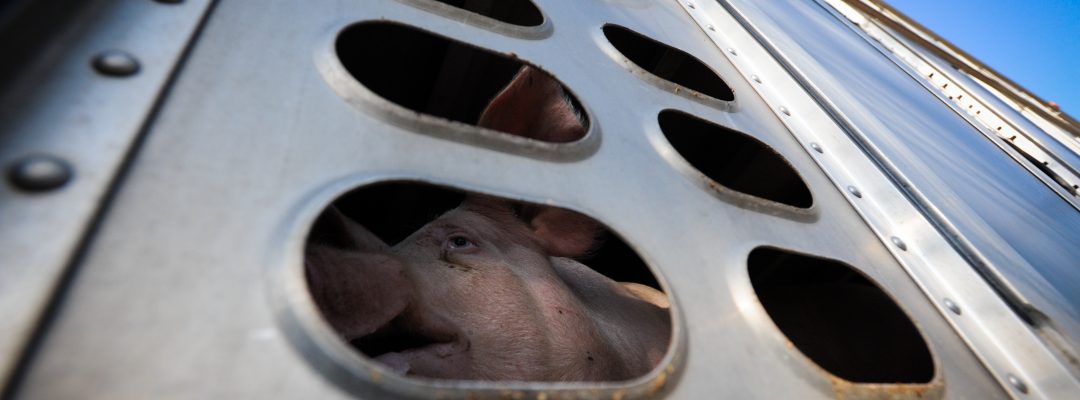
PIGS
More than one billion pigs are slaughtered for food annually worldwide, that’s an average of 23 million pigs per week. Three countries raise and slaughter 85 percent of the world’s pigs: China, the European Union, and the United States. On modern industrial farms, most mother pigs spend their entire lives in gestation and farrowing crates so small they can’t turn around. They are forcibly impregnated and give birth to 2-3 litters each year. Most piglets are taken from their mothers just a few weeks after birth, their tails are chopped off, the ends of their teeth are snipped off with pliers, and male piglets are castrated, all without pain killers. Pigs are considered smarter than dogs, an intelligence level equal to that of a 3-year old child.
PETA – Pigs Used for Food
FARM SANCTUARY – Pork Production on Factory Farms
ANIMAL EQUALITY – Meat & Fish
SAFE FOR ANIMALS – Factory Farming: Pigs
DJURRÅTTSALLIANSEN – Food / Meat and Fish
ANIMAL LIBERATION, Australia Capital Territory – Pigs
THE IRISH VEGAN – Pigs
DJURENS RÅTT – Animal In The Food Industry – Pigs
ANIMA – Pigs
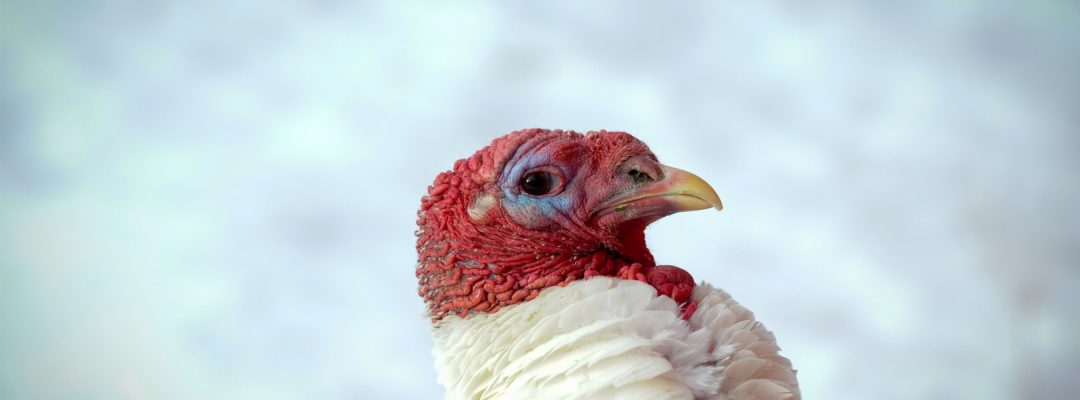
CHICKENS
Globally, over 40 billion broilers (meat birds) are raised and slaughtered every year, mostly in industrial factory farms. More than 50 billion chickens are slaughtered annually. The average chicken today is four times larger than they were in the 1950s, and chicken breasts are 80 percent larger. Many chickens become crippled because their legs cannot support the weight of their rapidly growing bodies. Chickens are inquisitive social creatures with complex social structures. These traits are denied as the vast majority of chickens are raised and confined in massive windowless sheds that hold tens of thousands of birds.
PETA – The Chicken Industry
FARM SANCTUARY – Chicken Used for Eggs / Chickens Used for Meat
ANIMAL EQUALITY – Meat & Fish
VIVA – A Recipe for Disaster
SAFE FOR ANIMALS – Factory Farming: ‘Meat’ Chickens
ANIMALS AUSTRALIA – Broiler Chickens Fact Sheet (PDF)
DJURRATTSALLIANSEN – Food / Meat and Fish
ANIMAL LIBERATION, Australia Capital Territory – Meat Chickens
THE IRISH VEGAN – Chickens
DJURENS RÅTT – Animal In The Food Industry – Chickens
ANIMA – Chickens
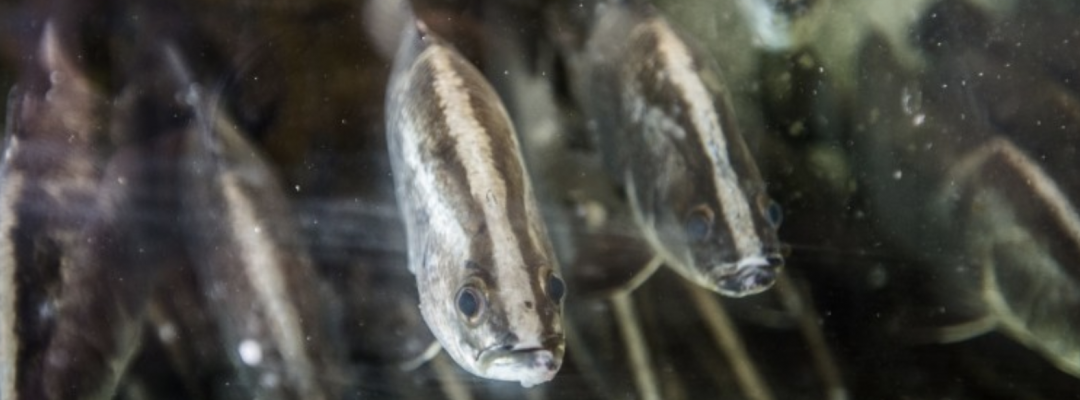
FISH
More than half of all the fish consumed each year are now raised on land or ocean-based aquafarms. China, India, Indonesia, Japan and Thailand, combined, produce about 80 percent of the world’s farmed fish, with China as the biggest producer, farming two-thirds of the world’s farmed fish. In the wild, billions of fish along with “nontarget” animals, including sharks, sea turtles, birds, seals, and whales are caught each year in ocean-ravaging nets or dragged for hours on long-lines for the commercial fishing industry. Scientists who study pain are in agreement that fish pain response is identical to that of mammals and birds.
PETA – Fish and Other Sea Animals Used for Food
ANIMAL EQUALITY – Meat & Fish
VIVA – Fishy Business
ANIMALS AUSTRALIA – Fish & Crustaceans Fact Sheet (PDF)
DJURRÅTTSALLIANSEN – Meat and Fish
TIER-IM-FOCUS.CH – Swiss blog and Newsletter
ANIMAL LIBERATION, AUSTRALIAN CAPITAL TERRITORY – Fish
THE IRISH VEGAN – Fish
DJURENS RÅTT – Fish and other aquatic animals
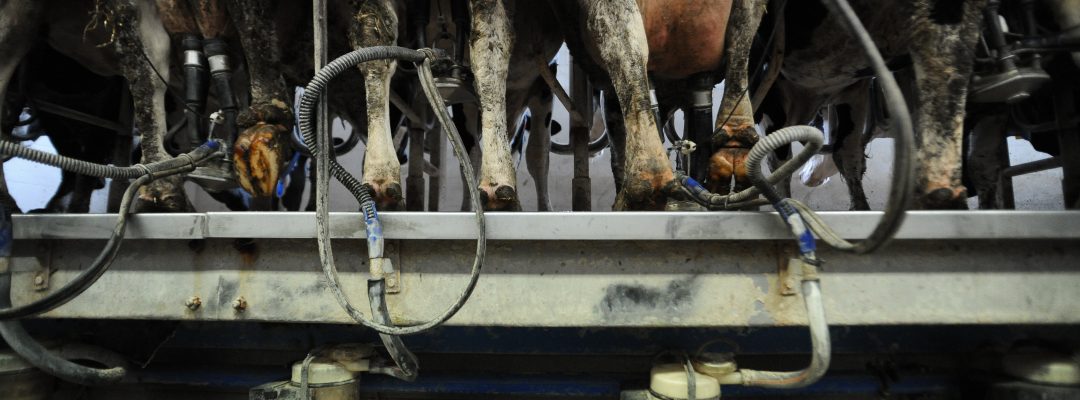
DAIRY COWS
There are over 264 million dairy cows worldwide, producing nearly 600 million tonnes of milk every year. The United States is the largest producer of milk, with over 87 million tonnes per year. India has the greatest number of dairy cows in the world, over 40 million cows. Cows are social herd animals who establish complex relationships with other members. On modern industrial farms mother cows are forcibly impregnated in order to give birth and produce milk, they have a strong maternal instinct to nurture their calves and grieve when their babies are taken from them at birth. Male offspring are typically raised and slaughtered for veal meat, while female calves are raised to replace their mothers. A dairy cow would normally live more than 20 years but on a dairy farm their bodies are worn out from intense production and they are sent to slaughter between 4-6 years old.
PETA – The Dairy Industry
FARM SANCTUARY – Cattle Raised for Dairy and Meat Production
ANIMAL EQUALITY – Milk
WHITE LIES – Dairy industry facts
SAFE – Dairy
ANIMALS AUSTRALIA – Dairy Cows Fact Sheet (PDF)
DJURRÅTTSALLIANSEN – Milk
ANIMAL LIBERATION, AUSTRALIAN CAPITAL TERRITORY – Cows
THE IRISH VEGAN – Cows
DJURENS RÅTT – Cows, calves & bulls
ANIMA – Cows
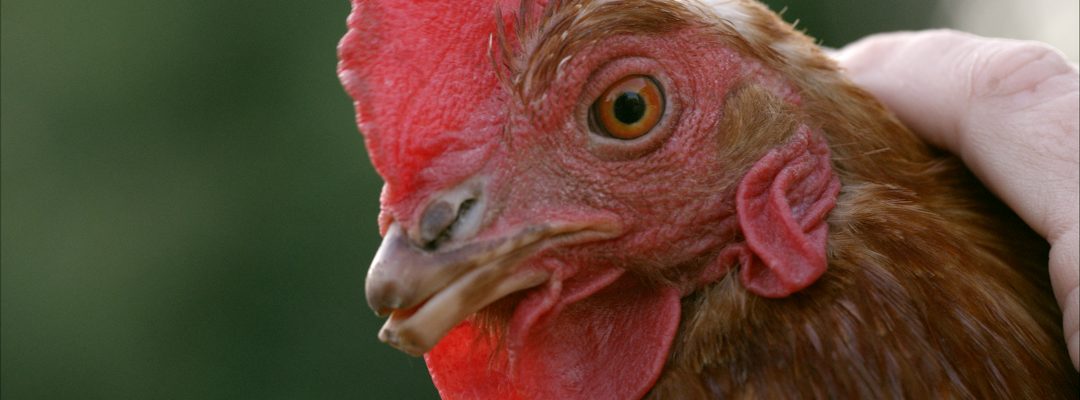
EGGS
Globally, more than 10 billion egg-laying hens lay over a trillion eggs. In the wild, a hen lays on average 20 eggs in a year, and on modern industrial farms they are subjected to constant lighting and fed high protein feed to produce over 300 eggs per year. Most hens spend their entire lives in tiny wire “battery cages”, which measure roughly 18 inches by 24 inches and hold up to 10 hens per cage, each has a wingspan up to 36 inches. Male chicks are worthless to the egg industry, and are killed by suffocation or high-speed grinders, called “macerators”. Chickens are sociable creatures who like to forage for food, roam in their environment, take dust-baths, perch, nest, lie in the sun and take care of their families, on today’s modern farms they are unable to exhibit the range of behaviours that come naturally to them.
